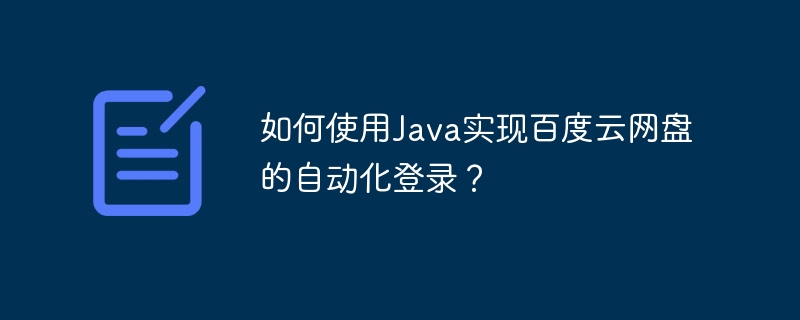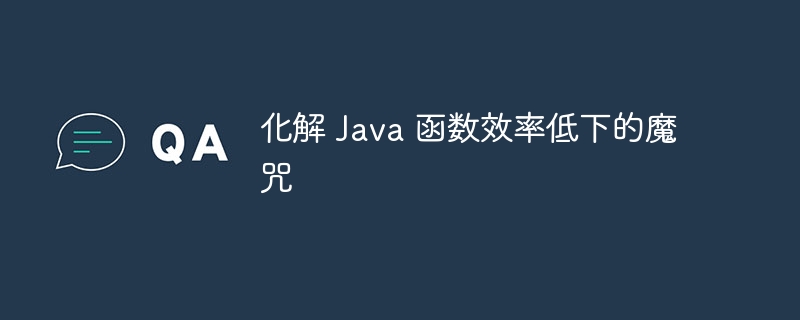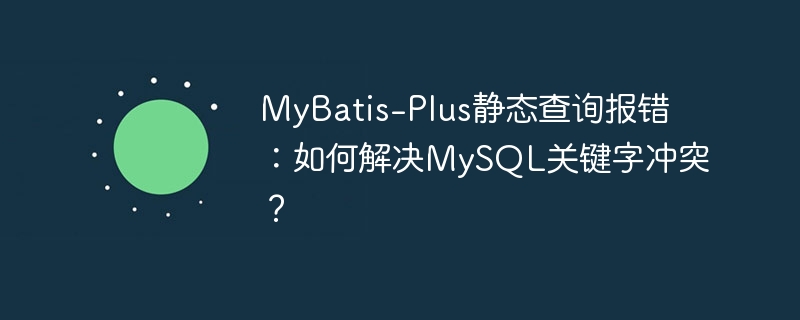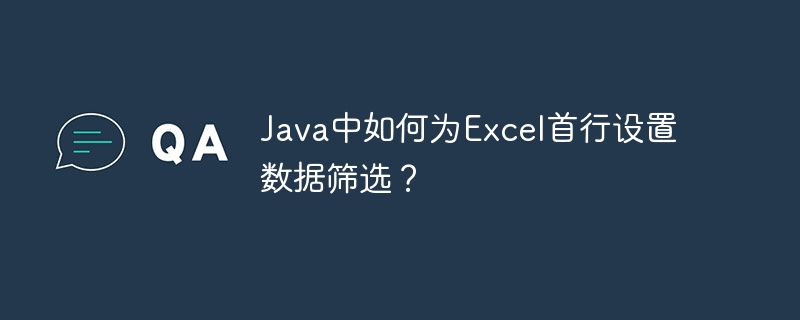为分布式 Java 系统实现可观测性监控的最佳实践包括:使用日志框架(如 Log4j2)捕获事件集成度量框架(如 Micrometer)收集性能数据使用跟踪框架(如 Jaeger)跟踪请求流集中监控平台(如 Grafana)管理和可视化数据建立仪表板和警报监控关键指标和问题
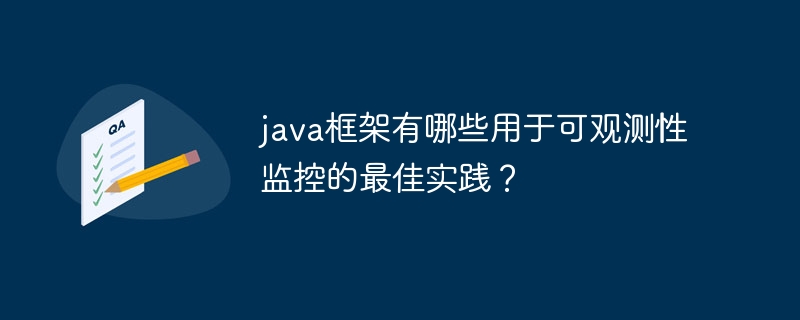
Java 框架中的可观测性监控最佳实践
在分布式 Java 系统中实现可观测性至关重要,因为它可以帮助开发人员和运维人员了解系统的执行情况、发现问题并提高应用程序的整体可靠性。本文将探讨用于可观测性监控的最佳实践,并提供应用这些实践的实际案例。
1. 使用日志框架
日志记录是捕获系统事件的关键,可以帮助识别错误、调试问题并跟踪应用程序的行为。推荐使用日志记录框架,如 Log4j2 或 SLF4J,这些框架提供丰富的日志记录功能和可配置性。
import org.apache.logging.log4j.LogManager;
import org.apache.logging.log4j.Logger;
public class LoggingExample {
private static final Logger logger = LogManager.getLogger(LoggingExample.class);
public static void main(String[] args) {
// Log information at the INFO level
logger.info("This is an informational message");
// Log an error at the ERROR level
logger.error("An error occurred", new Exception("Error message"));
}
}2. 集成指标框架
度量收集对于监控系统性能和资源使用至关重要。推荐使用度量框架,如 Micrometer 或 Prometheus,这些框架提供丰富的度量类型和采集方法。
import io.micrometer.core.instrument.MeterRegistry;
import io.micrometer.core.instrument.simple.SimpleMeterRegistry;
public class MetricsExample {
private static final MeterRegistry registry = new SimpleMeterRegistry();
public static void main(String[] args) {
// Create a counter to track the number of requests
registry.counter("request_count").increment();
// Create a timer to measure the time spent processing requests
registry.timer("request_timer").record(() -> {
// Simulate processing a request
});
}
}3. 使用跟踪框架
跟踪提供了对跨服务的请求流的可见性,使我们能够识别瓶颈和调试问题。推荐使用跟踪框架,如 Jaeger 或 Zipkin,这些框架提供 Distributed Tracing 功能。
import io.opentelemetry.api.trace.Span;
import io.opentelemetry.api.trace.SpanKind;
import io.opentelemetry.api.trace.Tracer;
import io.opentelemetry.api.trace.propagation.W3CTraceContextPropagator;
import io.opentelemetry.context.Context;
import io.opentelemetry.context.Scope;
import io.opentelemetry.exporter.trace.simple.SimpleSpanExporter;
public class TracingExample {
private static final Tracer tracer = Trace.getTracer();
private static final SpanKind spanKind = SpanKind.SERVER;
public static void main(String[] args) {
// Create the root span
Span rootSpan = tracer.spanBuilder("root_span").setSpanKind(spanKind).startSpan();
// Create a child span
Span childSpan = tracer.spanBuilder("child_span").setSpanKind(spanKind).setParent(rootSpan).startSpan();
// Close the spans to record the trace
childSpan.close();
rootSpan.close();
}
}4. 集中式监控平台
对于集中管理和可视化监控数据,建议使用集中式监控平台,如 Grafana 或 Prometheus。这些平台收集来自不同来源的数据,提供仪表板、警报和高级分析功能。
5. 建立仪表板和警报
根据业务需求和性能目标,建立自定义仪表板和警报。仪表板应提供对系统关键指标和应用程序行为的实时可见性。警报应在阈值超标或检测到问题时通知相关方。
实战案例
例如,使用 Spring Boot 和 Micrometer 实现以下可观测性功能:
<dependency>
<groupId>io.micrometer</groupId>
<artifactId>micrometer-core</artifactId>
</dependency>
<dependency>
<groupId>org.springframework.boot</groupId>
<artifactId>spring-boot-starter-actuator</artifactId>
</dependency>@RestController
public class MetricsController {
private final MeterRegistry meterRegistry;
public MetricsController(MeterRegistry meterRegistry) {
this.meterRegistry = meterRegistry;
}
@PostMapping("/api/metrics")
public ResponseEntity<Object> postMetrics(@RequestBody List<Metric> metrics) {
metrics.forEach(metric -> meterRegistry.counter(metric.getName()).increment(metric.getValue()));
return ResponseEntity.ok(null);
}
} 